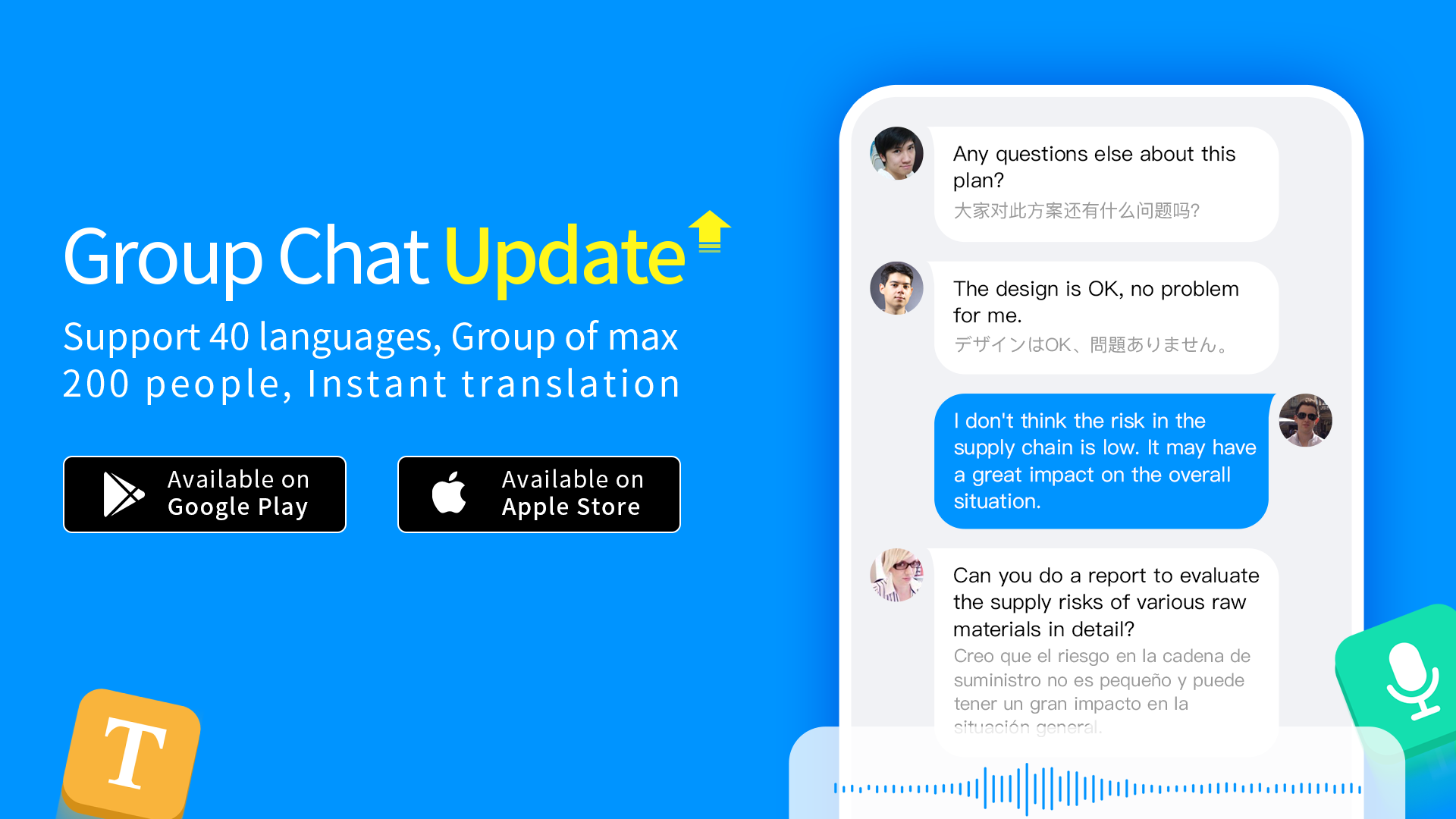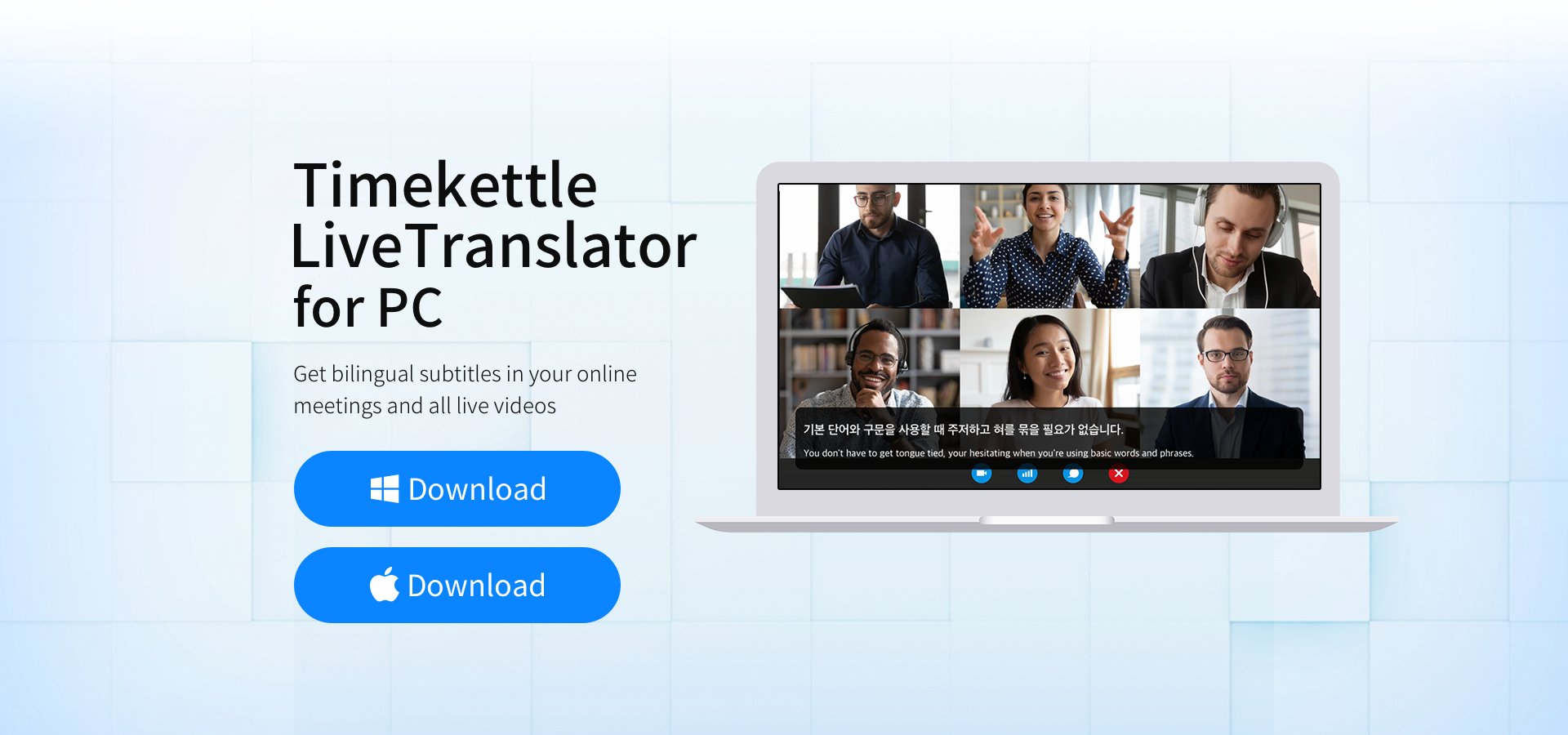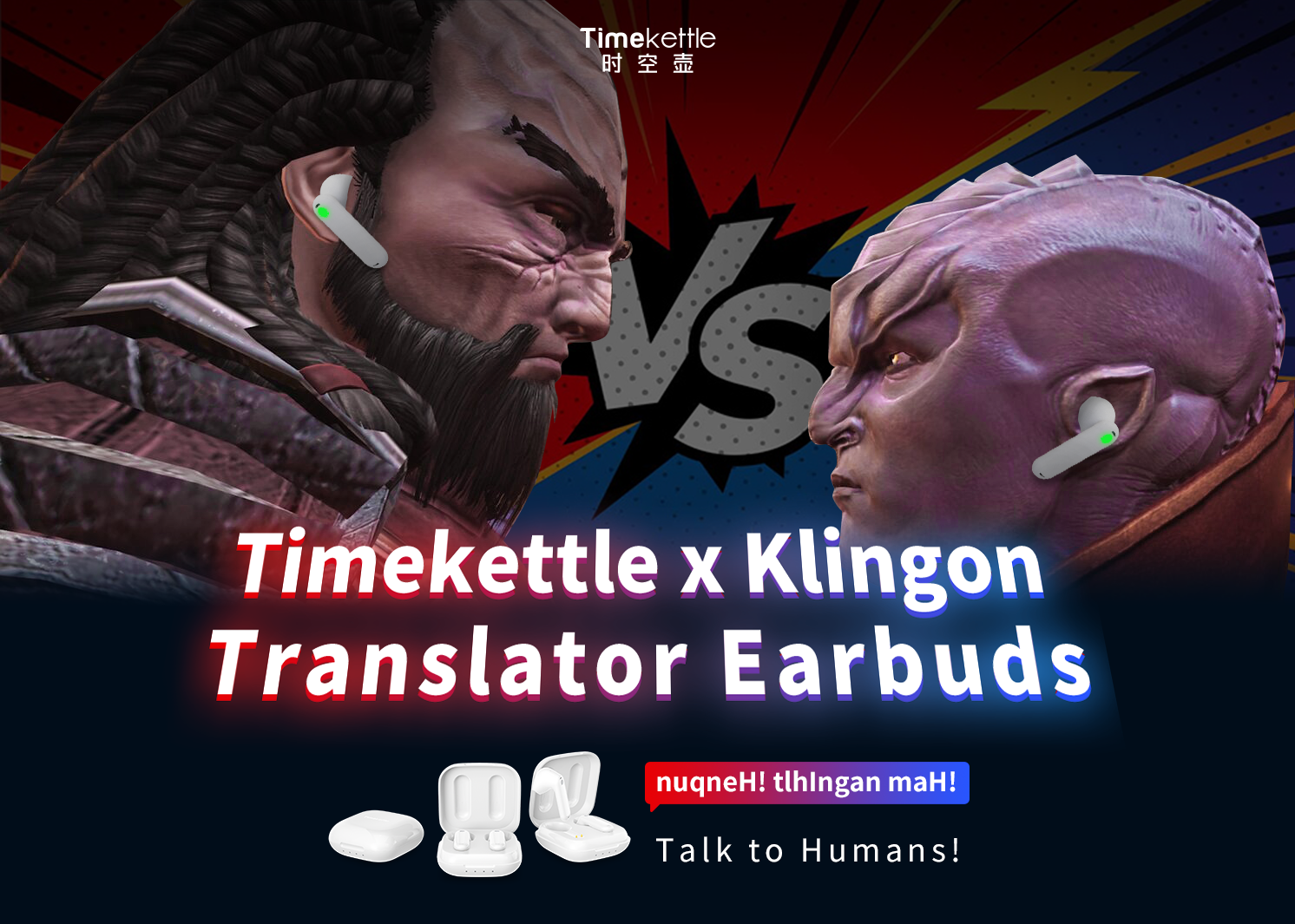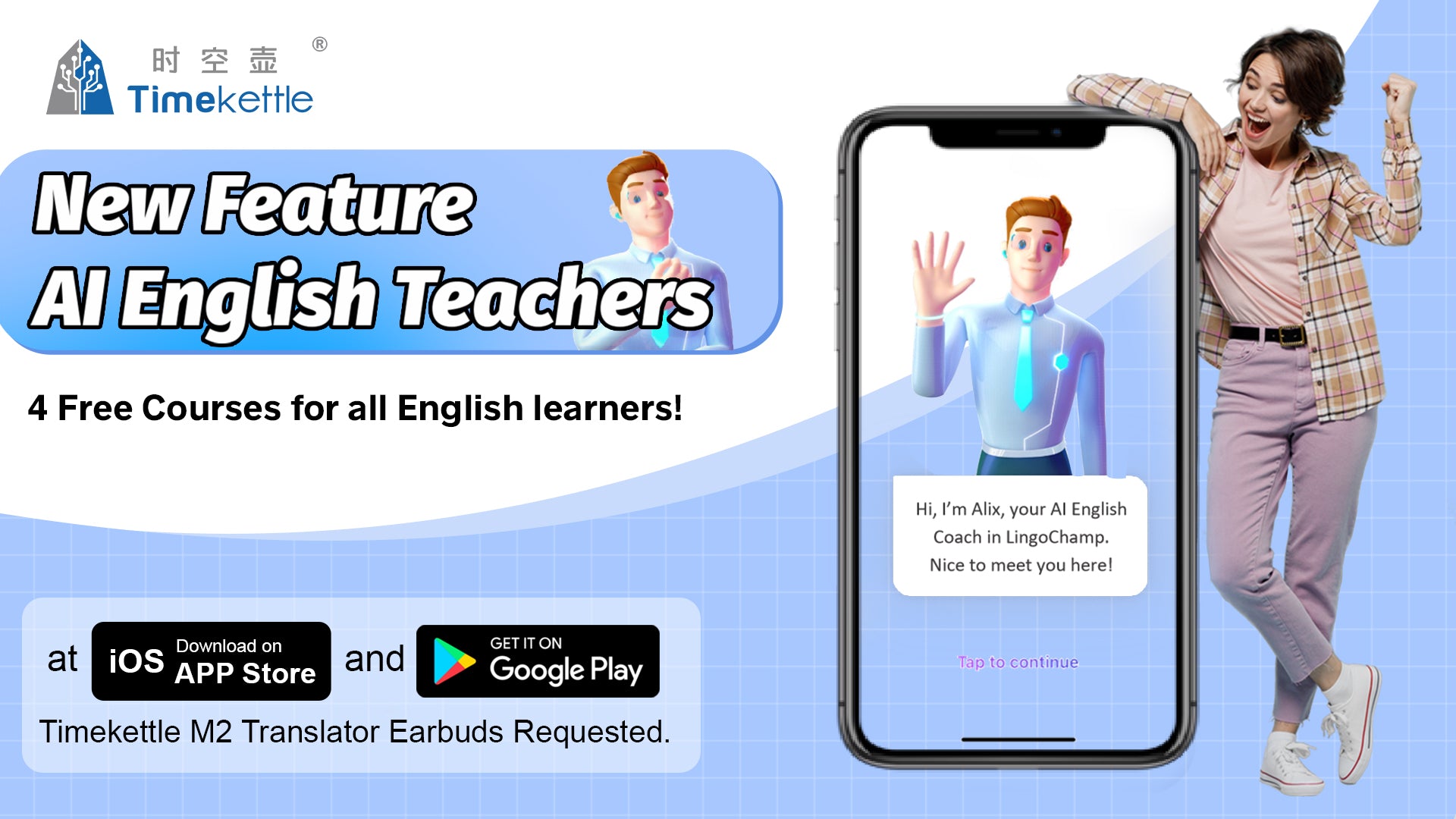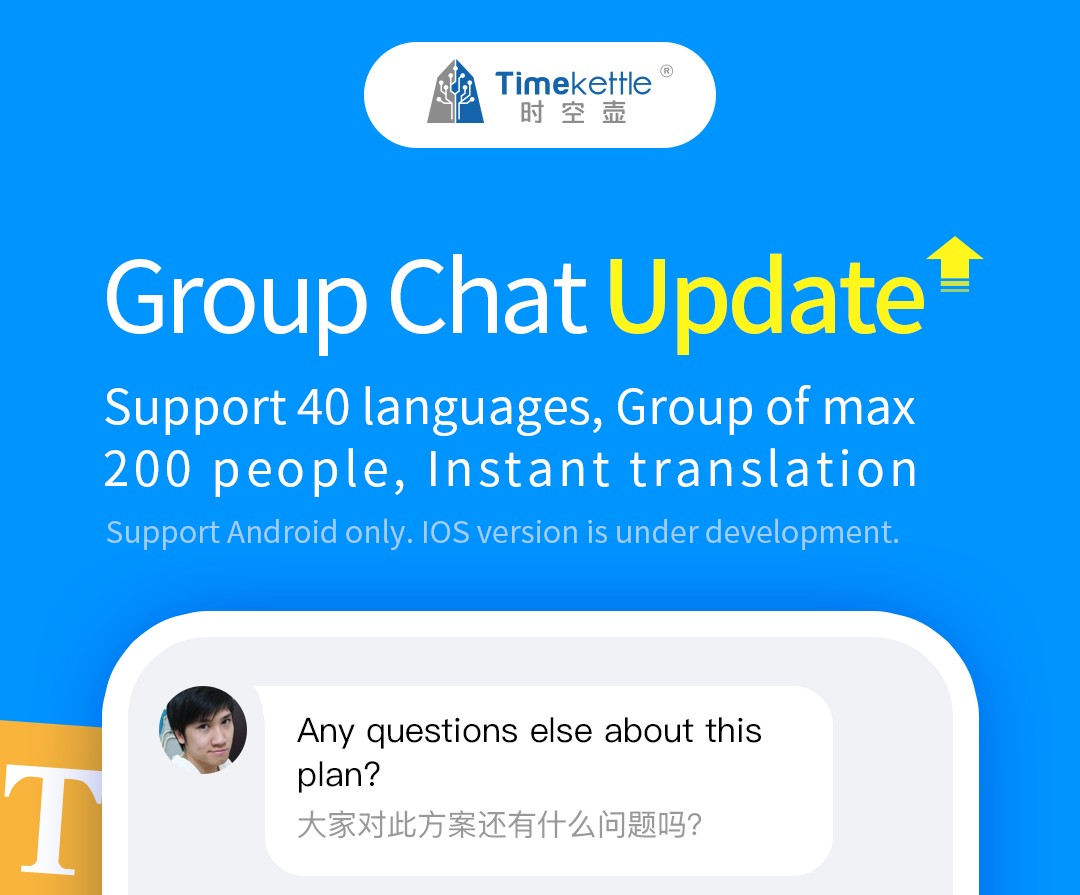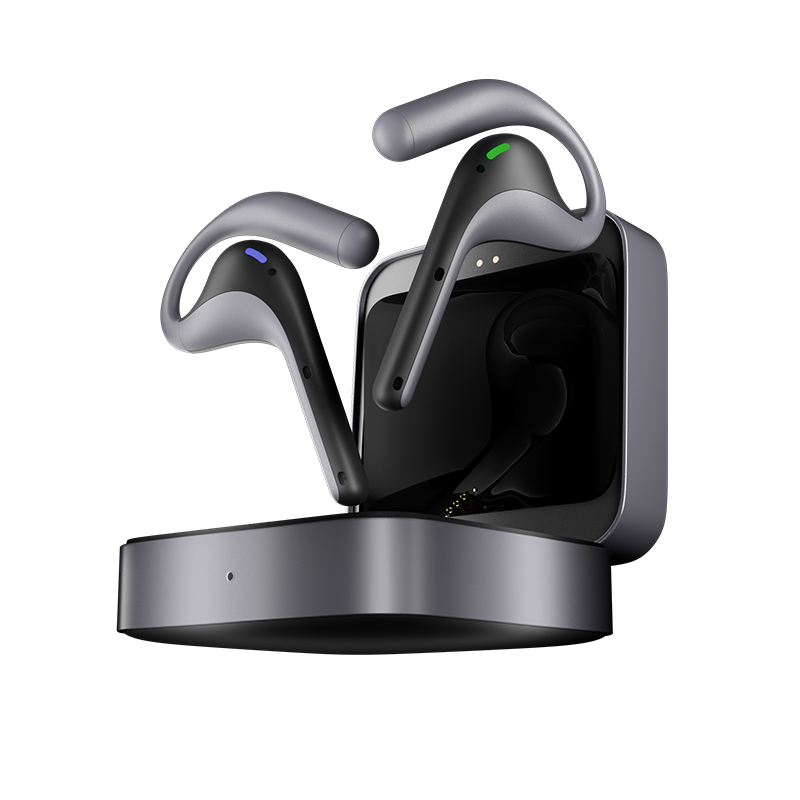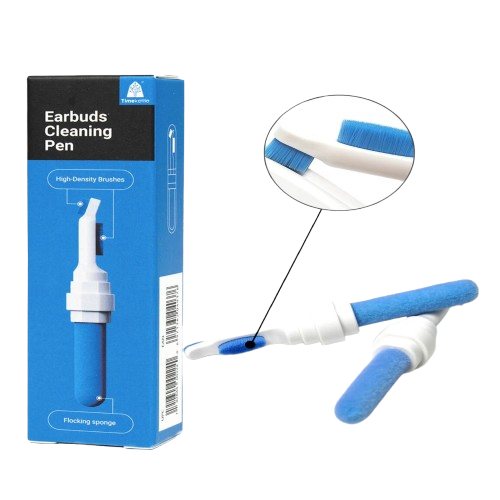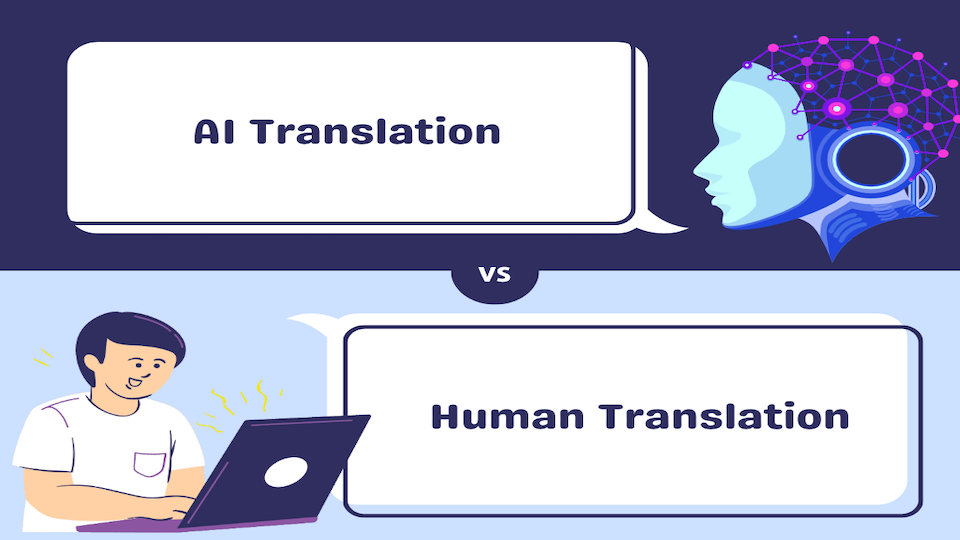
AI Translation vs Human Translation: Pros & Cons
The translation industry is at a crossroads. Machine translation has come a long way, processing millions of words in seconds. But human translators are still needed to capture the cultural nuances and emotional depth.
So the question for businesses is: AI translation or human translation? The answer isn’t a simple one. Modern companies are finding that the best approach is to use both strategically.
Let’s look at AI translation and human translation, their strengths and weaknesses and how to make the right choice for you.
What is AI Translation?
AI translation automatically translates text from one language to another by assistance from computer algorithms and machine learning. They are trained through massive language libraries so that they improve with each passing time.
Modern AI translation tools such as Google Translate, DeepL and company particular programs are really very good. They will translate long, complex sentences, preserve context paragraph by paragraph and even get personalized for specific companies or writing types.
Related Reading:
- How Accurate is Google Translate?
- Google Translate vs. Bing Translator: Which Translation Tool Reigns Supreme in 2025?
The system accomplishes this by splitting sentences into their components and examining the grammatical structure to come up with the most likely equivalent in the target language. Advanced neural networks make such judgments based on millions of previously observed translation examples.

AI Translation: The Advantages
Lightning-Fast Speed
AI translation processes content almost instantly. Human translators can translate 2,000-3,000 words in a day, whereas AI can translate millions of words in the same amount of time. The speed advantage is crucial for those projects that have a deadline or for huge content needs.
Cost-Effective Scaling
For high-volume translation needs, AI delivers drastic cost savings. Large organizations realize up to 60-80% savings of translation costs with AI-implemented first drafts and human proofing.
Consistent Output
AI do not have off days or variant ways of interpretation. They interpret through the application of the same rules and vocabulary throughout. This allows brand voice consistency and therefore less confusion across international audiences.
24/7 Availability
Human translators are working business hours, AI translation is a 24/7 operation. That's fantastic for international businesses with operations across several time zones.
Multi-Language Support
Modern AI systems cover hundreds of language pairings, even ones that are not offered in sufficient numbers of manual human translators. The wide coverage allows industries to venture into international markets.
AI Translation: The Limitations
Cultural Blind Spots
AI systems struggle with cultural references, humor, and local expressions that don't translate literally. A phrase like "it's raining cats and dogs" might confuse an AI system into producing strange or false translations..
Context Confusion
While AI has improved at understanding context, it can still misinterpret meaning in complex situations. Technical documents, legal contracts, and creative content often require human judgment to ensure accuracy.
Security Concerns
Uploading sensitive business information to online AI translation tools constitutes a possible risk to security. Confidential reports kept on offsite servers or used to train AI models both pose the problem of privacy.
Emotional Disconnect
AI lacks emotional intelligence to recognize tone, sentiment, and cultural subtleties. Marketing writing that needs to inspire or convince is stale when the automated machines try to interpret it.
Industry-Specific Challenges
Technical domains such as engineering, medicine, and law have technical vocabularies where small differences can have devastating consequences. AI systems cannot understand these slight differences except when they are heavily trained.

Timekettle W4 Pro: A Cutting-Edge AI Translation Solution
For businesses seeking a powerful AI-driven translation tool, the Timekettle W4 Pro AI Interpreter Earbuds stand out as an innovative solution. These earbuds leverage advanced AI technology, integrating ChatGPT and Timekettle’s proprietary large language model (Babel OS) to deliver real-time, bidirectional translation across 42 languages and 95 accents.
Designed specifically for global business communication, the W4 Pro excels in scenarios like international meetings, video calls, and face-to-face negotiations. With features like simultaneous translation, AI-powered meeting summaries, and an open-ear design for comfort, it’s a versatile tool that combines cutting-edge AI with practical usability, making it an excellent choice for professionals navigating multilingual environments.
What is Human Translation?
Human translation involves professional linguists converting written content from one language to another. These experts bring cultural knowledge, subject matter expertise, and creative thinking to their work.
Professional translators don't just convert words directly. They respect the content intention, cultural adaptation, and the content intention. An advertisement flyer would need to be treated differently from a legal document or a medical document.
Many human translators specialize in specific fields like healthcare, legal, technical, or creative content. Specialization provides the right words and the right tone to the respective field.
Human Translation: The Strengths
Cultural Expertise
Human translators take cultural differences that go beyond words into account. Translators value the ability to rephrase content to suit local culture, values, and preferred communication. This cultural insight avoids miscommunications and develops stronger ties towards local marketplaces.
Creative Problem-Solving
Where ideas or cultural references are untranslatable, the human translators resort to creative solutions. They can use analogies, descriptions, or cultural equivalents that capture the intended meaning but are still meaningful to the receiving group.
Subject Matter Mastery
Professional translators gain vast in-field experience in specialty areas. A veteran medical translator is exposed to anatomy, medicines, and treatment regimens. This experience ensures accuracy where errors are dangerous.
Quality Assurance
Human translators review their own work and often collaborate with editors and proofreaders. This multi-layer quality control catches errors and improves overall accuracy.
Client Collaboration
Human translators negotiate clients, pose questions, and include feedback. The cooperative method guarantees the output material is of a particular quality and standard.
Human Translation: The Drawbacks
Higher Costs
Human professional translation is significantly more expensive than the alternative based on artificial intelligence. In high-volume productions or recurring translation requirements, prices for such service become excessively pricey for select companies.
Related Reading: The True Cost of Translation: Balancing Quality and Affordability in Global Expansion
Slower Delivery
Human translators spend time producing quality outputs. Rush works may compromise quality or be expensive. This slower pace may push the launch of products or advertisements past their scheduled timelines.
Limited Availability
It might be difficult to hire trained translators for unusual language pairs or subjects. There would be scant translators for obscure languages or very technical subjects.
Inconsistency Risk
Translators could read it differently or have different words. Big jobs that involve more than one translator require the greatest caution to ensure consistency.
Human Error Factor
Even experienced translators make mistakes. Fatigue, a very tight deadline, or difficult content can result in errors that will have to be corrected and edited.
AI-Human Hybrid Workflows: The Best of Both Worlds
Smart businesses aren't choosing between AI and human translation anymore. They're combining both approaches in strategic workflows that maximize efficiency while maintaining quality.
The typical hybrid process begins the project with an AI translation doing the initial conversion. This gives a solid starting point quickly and affordably. Human professionals review and perfect the AI work, adding cultural subtleties, voice of brand, and challenging ideas.
This approach offers several advantages:
- Faster turnaround times than pure human translation
- Lower costs than traditional translation services
- Higher quality than AI-only solutions
- Consistent terminology across large projects
Human reviewers can also train AI systems to better understand specific brand voices, industry terminology, and target audience preferences. This creates a feedback loop that improves results over time.
The Changing Role of Professional Linguists
The rise of AI translation isn't replacing the human translators – it’s re-inventing their work. The next-gen linguists are becoming AI collaboration specialists, content strategists, and quality control experts.
AI Training Specialists
Forward-thinking translators learn the ability to train computer systems on an industry-by-industry or on a customer-by-customer basis. Specialized terminology databases, style sheets, and training materials enhance the quality of the computer system output.
Post-Editing Experts
Many translators now specialize in reviewing and refining AI translations. Such a role demands different skills from regular translation, prioritizing the efficiency and quality aspects over the creation of a translation from scratch.
Cultural Consultants
Human translators increasingly serve as cultural advisors, helping businesses understand local markets and adapt their messaging appropriately. This consultative role brings strategic value over just translation.
Project Managers
Experienced linguists manage massive scale translation assignments that involve complex multiple AI systems, human verifiers, and quality assurance procedures effectively. Their skills offer smooth procedures and consistent results.
Why Modern Businesses Need AI Translation
Today's global marketplace moves at record speed. Companies launch products simultaneously in dozens of markets, update Web sites on a daily basis, and communicate with customers in real-time in many different languages.
This velocity renders traditional translation solutions unsuitable for the majority of business requirements. Translation using AI possesses the velocity and volume required to maintain modern content demands.
Competitive Advantage
Companies utilizing AI translation can enter new markets sooner than competitors in the market who utilize only human translation. This earlier entry may be the market differentiator in competitive marketplaces.
Cost Management
For large volume content-producing companies, the overseas move becomes feasible on a low-cost scale thanks to machine translation. Money saved on product research or market research may be invested on marketing.
Scalability
AI systems can handle sudden increases in translation volume without the delays associated with hiring additional human translators. This scalability supports rapid business growth.
Real-World Success: How Companies Benefit from Hybrid Approaches
Many successful companies have applied the hybrid AI-human translation method successfully. AI is employed by online businesses to translate product descriptions, which is manually edited on high-value products. Software companies employ AI to translate user interfaces but hire human translators to translate marketing materials.
These hybrid approaches typically achieve:
- 70% reduction in translation time
- 50-60% cost savings compared to human-only translation
- Improved consistency across large content volumes
- Higher customer satisfaction in international markets
The key is recognizing which content benefits most from human intelligence and expertise and which content should be relegated to computers.
AI vs. Human vs. Hybrid Translation: Comparison Table (2025)
| Criteria | AI Translation | Human Translation | AI + Human Hybrid |
|---|---|---|---|
| Speed | Instant (millions of words in seconds) | Slow (≈2,000–3,000 words/day) | Faster than human-only; AI draft + quick human review |
| Cost | Very low; up to 60–80% savings | High; costly for large volumes | 50–60% cheaper than human-only |
| Accuracy | 85–95% for common languages; struggles with nuance & humor | Very high; captures tone, culture, and context | High; AI draft ensures speed, human editing ensures nuance |
| Consistency | Strong (always applies same rules & glossary) | Can vary between translators; requires QA | Best of both: consistent terminology + cultural adaptation |
| Cultural Nuance | Weak; misses idioms, humor, emotional depth | Strong; adapts content to local culture & values | Balanced; AI for speed, human for cultural adaptation |
| Scalability | Unlimited; supports hundreds of languages | Limited; depends on availability of skilled translators | High; scalable AI plus human oversight where needed |
| Security | Risky if using cloud-based tools (data privacy concerns) | Secure if handled by trusted professionals | Manageable; AI for low-risk content, human review for sensitive content |
| Best For | Product descriptions, internal docs, large-scale technical content | Legal docs, marketing, medical/technical materials needing subject expertise | Websites, software, global business comms requiring both speed & quality |
| Limitations | Lacks cultural/emotional intelligence; context errors; security risks | Expensive; slower delivery; limited availability for rare language pairs | Requires process management; still some cost/time overhead |
| Business Value | Enables low-cost global expansion; great for rapid scaling | Builds authentic, localized brand presence | Achieves speed, cost savings, and high quality—most practical solution for enterprises |
Choosing the Right Translation Approach
The decision to use AI translation, human translation, or hybrid approaches depends on several factors:
Content Type: Marketing materials and creative content should utilize human expertise, whereas technical content and product specs should be translated by AI translation with a check by a person.
Budget Constraints: AI translation is affordable in large volumes, while manned translation is worth the cost in mission-critical low-volume content.
Time Requirements: Urgent projects may require AI translation to be completed rapidly with expedited human checking, while high-value long-term content may justify extended human translation timescales.
Quality Standards: Mission-critical content like legal documents or medical information requires human expertise, while internal communications might work fine with AI-only translation.
Target Audience: The technical or professional reader would be aided through the cultural consciousness of humankind, whereas technical communication for international teams may even utilize machine translation further.
Translation Decision Matrix (AI vs. Human vs. Hybrid)
| Factor | Low Budget / Tight Cost | Urgent Deadline / Fast Turnaround | High-Value or Sensitive Content (Legal, Medical, Marketing) |
|---|---|---|---|
| AI Translation | ✅ Best option → Lowest cost, scalable for large volumes | ✅ Best option → Instant translation, ideal for urgent projects | ❌ Risky → May cause errors, misses cultural nuance |
| Human Translation | ❌ Expensive → Not suitable for budget-sensitive projects | ❌ Too slow for urgent needs (unless small content) | ✅ Best option → Ensures accuracy, nuance, and trust |
| Hybrid Approach | ⚖️ Balanced → Cheaper than human-only, better than AI-only | ✅ Strong → AI draft speeds up work, humans polish results | ✅ Strong → Best balance of speed, cost, and cultural accuracy |
The Future of Translation: Balance and Integration
The future of the translation industry is not between AI and human capabilities, but leveraging them together in an effective manner. Successful enterprises will utilize AI translation for speed and volume and human capacities for cultural adaptation and quality control.
This balanced approach allows companies to:
- Expand globally without prohibitive translation costs
- Maintain quality standards across all content types
- Respond quickly to market opportunities
- Build authentic connections with international audiences
The most effective translation strategies combine the efficiency of AI with the wisdom of human cultural experts. This partnership creates better outcomes than either approach could achieve alone.
Frequently Asked Questions
Q: Is AI translation accurate enough for business use?
A: AI translation accuracy varies by language pair and content type. For general business content, modern AI systems achieve 85-95% accuracy, but human review is recommended for important communications.
Q: How much can businesses save using AI translation?
A: Companies typically save 50-80% on translation costs using AI-human hybrid workflows compared to traditional human-only translation services.
Q: Which languages work best with AI translation?
A: AI translation performs best with major language pairs like English-Spanish, English-French, and English-German. Less common languages may require more human oversight.
Q: Can AI translation handle technical or specialized content?
A: AI systems can handle technical content when properly trained with industry-specific terminology, but human review remains important for accuracy and compliance.
Q: How do I choose between AI and human translation for my project?
A: Consider your budget, timeline, content type, and quality requirements. Marketing content and legal documents typically need human expertise, while product descriptions and internal communications work well with AI plus human review.

